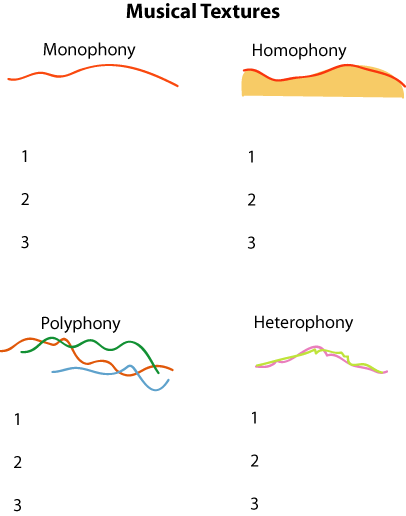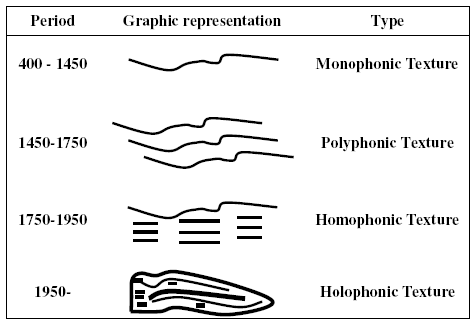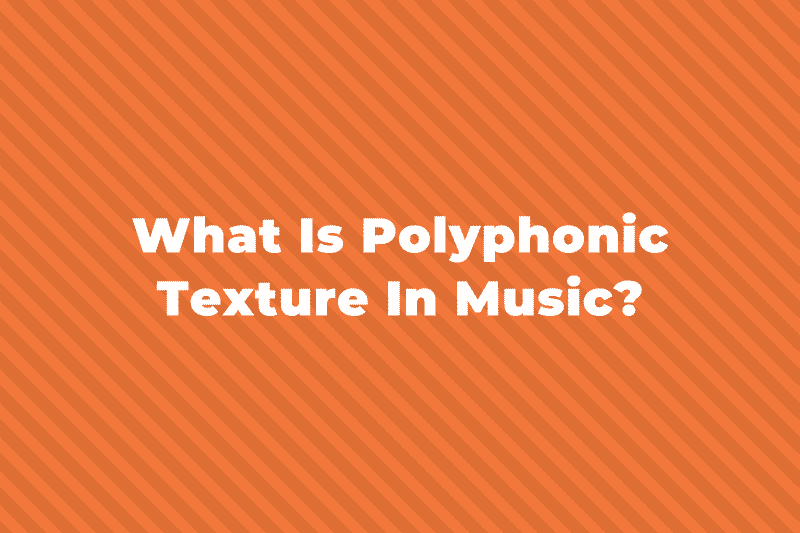Polyphonic Texture Meaning

Monophonic definition of or relating to monophony.
Polyphonic texture meaning. 1999 199 158 137 136 129 110 90 59 35 11 9 0 verification needed. Within the context of the western musical tradition the term polyphony is usually used to refer to music of the late middle ages and renaissance. A texture is more purely polyphonic and thus more contrapuntal when the musical lines are rhythmically differentiated a subcategory of polyphony called homophony exists in its. Polyphonic or counterpoint or contrapuntal.
Characteristic texture of the renaissance music also prevalent during the baroque period benward saker 2003 pp. The term polyphonic comes from the greek words poly meaning many or multiple and phonic meaning sound or voice. In polyphonic music two or more simultaneous melodic lines are perceived as independent even though they are related. Polyphony is a type of musical texture consisting of two or more simultaneous lines of independent melody as opposed to a musical texture with just one voice monophony or a texture with one dominant melodic voice accompanied by chords homophony.
Counterpoint is a form of polyphony being essentially polyphony that has rules to. The term homophonic comes from the greek words homo meaning same or similar and phonic meaning sound or voice. The other two main types of texture are monophonic and polyphonic. Polyphonic definition consisting of many voices or sounds.
Polyphonic texture definition polyphonic texture is when there are multiple independent melodies being played or sung at the same time. Polyphonic music is a musical texture that describes a style of composing with multiple simultaneous melodies. Polyphonic music has parts that weave in and out of each other. Polyphonic music is also sometimes called contrapuntal.
Polyphony means different sounds or voices.
















